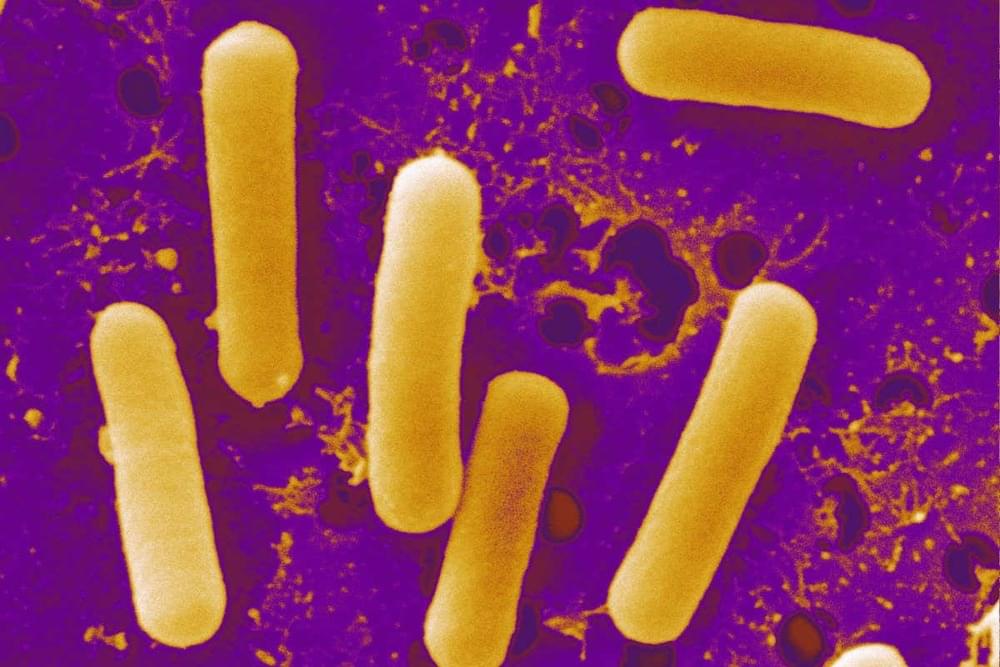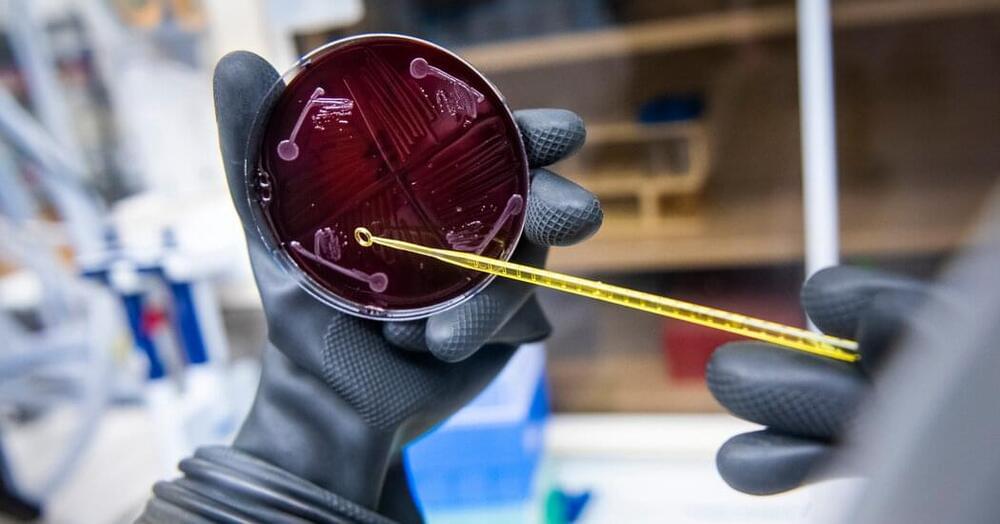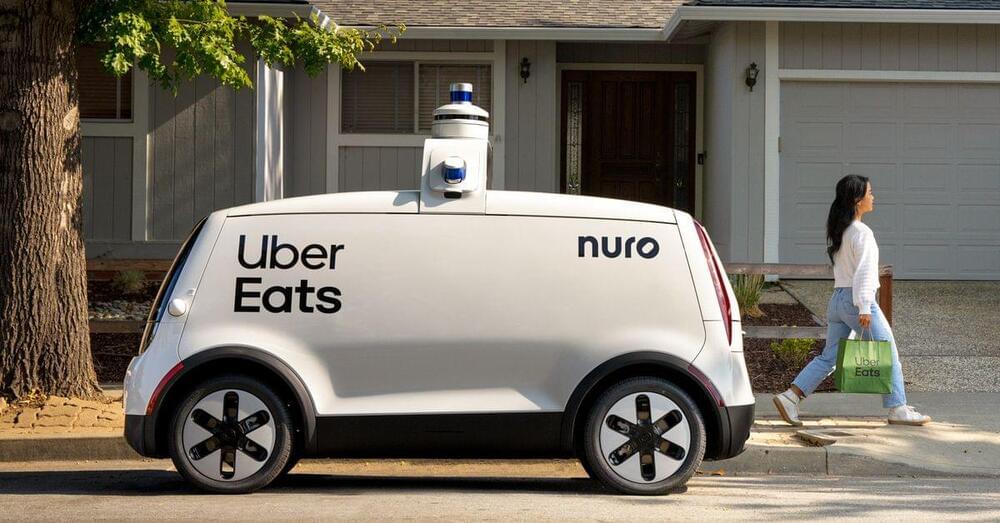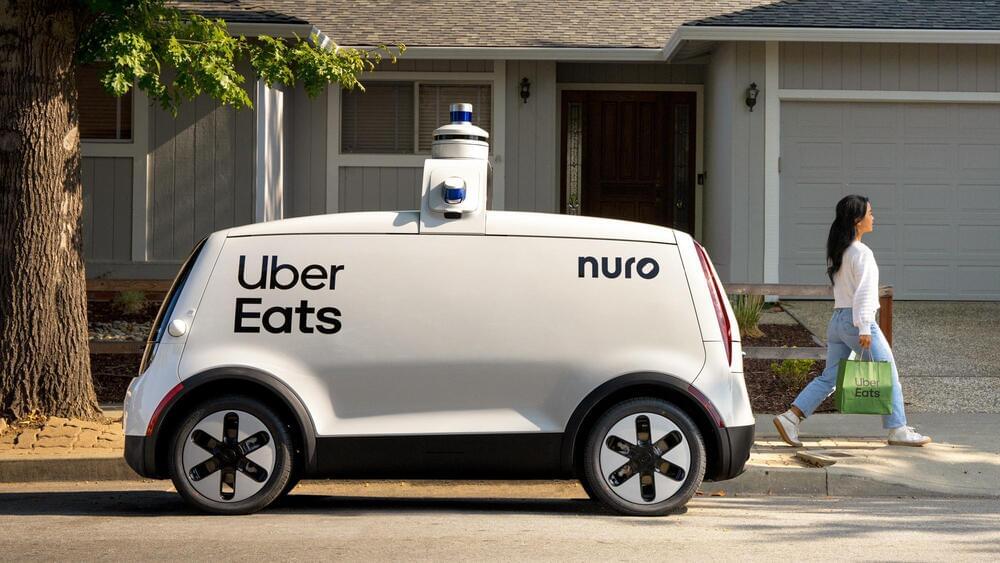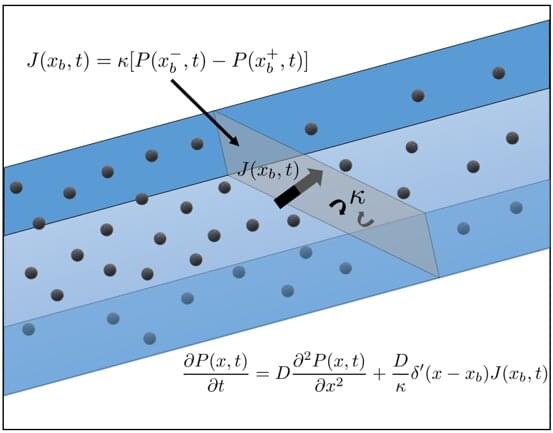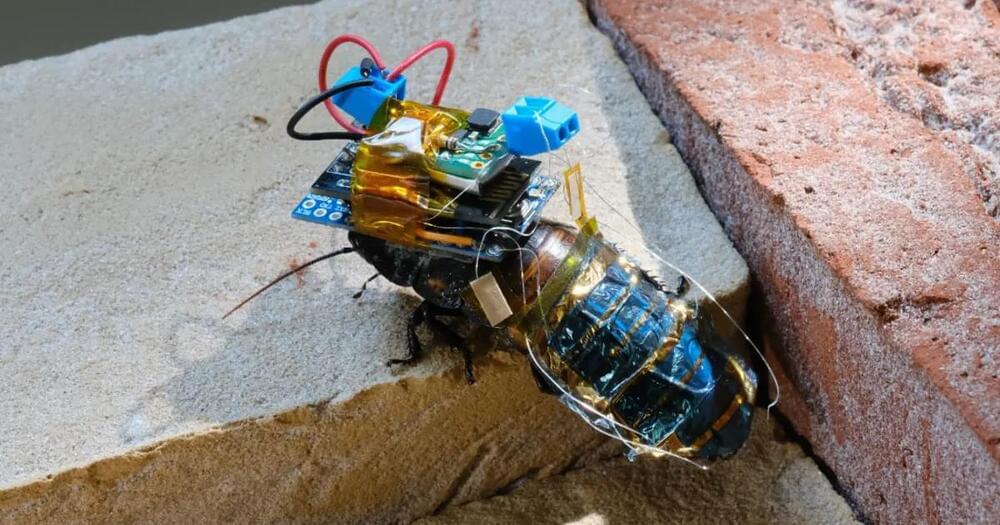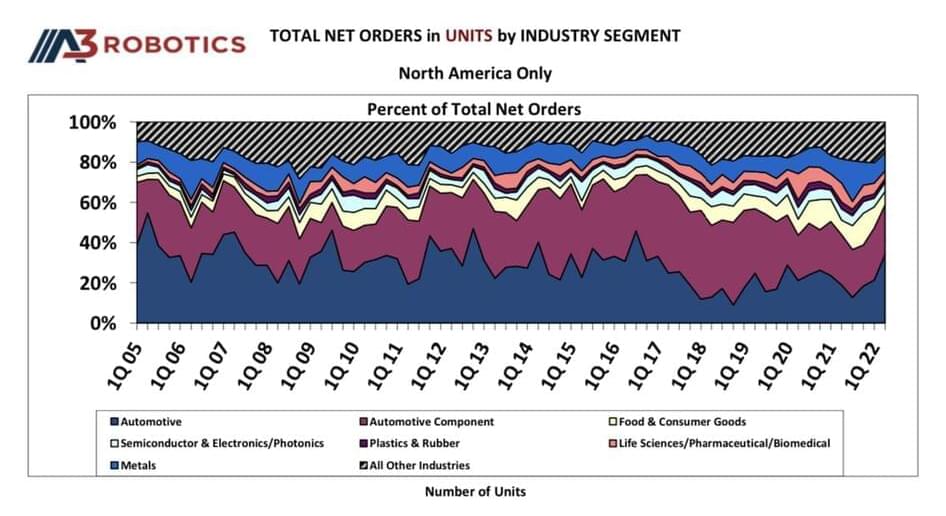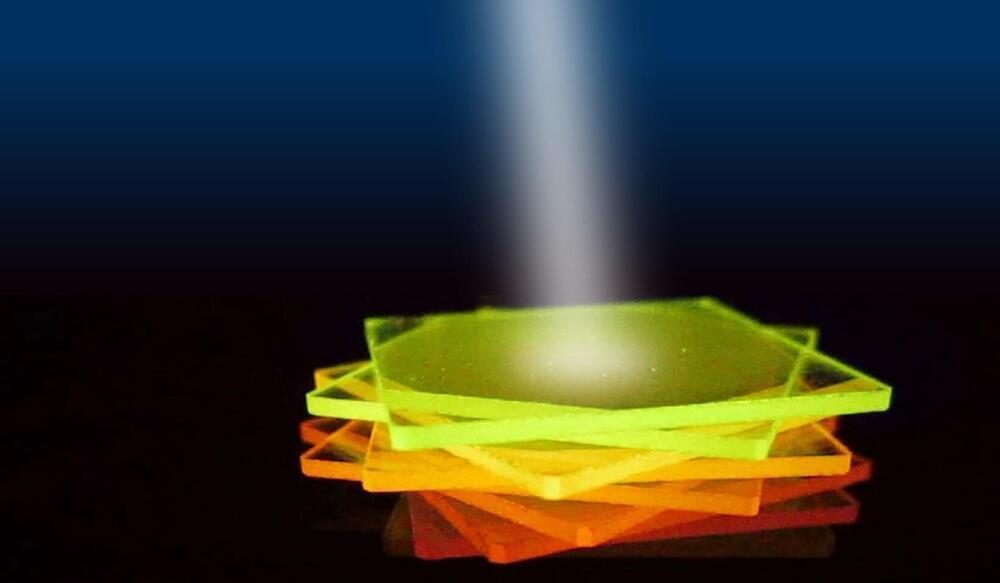
In a recent publication in the journal Advanced Materials, a team of physicists and chemists from TU Dresden presents an organic thin-film sensor that describes a completely new way of identifying the wavelength of light and achieves a spectral resolution below one nanometer. As integrated components, the thin-film sensors could eliminate the need for external spectrometers in the future. A patent application has already been filed for the novel technology.
Spectroscopy comprises a group of experimental methods that decompose radiation according to a specific property, such as wavelength or mass. It is considered one of the most important analytical methods in research and industry. Spectrometers can determine colors (wavelengths) of light sources and are used as sensors in various applications, such as medicine, engineering, food industry and many more. Commercially available instruments are usually relatively large and very expensive. They are mostly based on the principle of the prism or grating: light is refracted and the wavelength is assigned according to the angle of refraction.
At the Institute for Applied Physics (IAP) and the Dresden Integrated Center for Applied Physics and Photonic Materials (IAPP) of the TU Dresden, such sensor components based on organic semiconductors have been researched for years. With the spin-offs Senorics and PRUUVE, two technologies have already been developed towards market maturity. Now, researchers at the IAP and IAPP, in cooperation with the Institute of Physical Chemistry, have developed a thin-film sensor that describes a completely new way of identifying the wavelength of light and, due to its small size and cost, has clear advantages over commercially available spectrometers.
